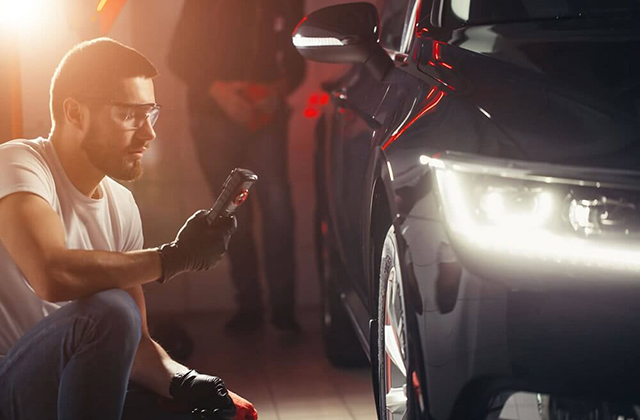If you are a storyboard artist film and looking for a way to sell your works, then you have come to the right place.
Selling 3D and 2D works online can offer you a lucrative income stream. Things that digital artists can sell online are 3d models, textures, stock photos and even materials and shaders.
In this article, I shall briefly explain the best way to sell your works without having to worry about the business of advertising or the mechanics of selling your works. You can then make use of that time on creating more works to sell.
The steps are as follows:
Step 1: Prepare to Impress Your Potential Buyers
Impress your potential buyers by creating detailed renders of your products. You must spend some time preparing preview renders as they are essential for your buyers to see what they are buying.
Try to use render plugins like VRay, Brazil, or MentalRay as these will allow you to render at a much higher quality than the default software renderers. Choose the best angles and focus on the important details. Do a wireframe render, especially if its a game-ready model.
You can also render some close ups on certain parts of your model, so that buyers can see how much your details can go. And create one that works well as a thumbnail to be your main render.
Step 2: Find a 3D and 2D Resource Site
In order to start selling your stuff online, you need to join a 3D and 2D resource site that allows you to sell your stuff.
What are some of the 3D and 2D Resource Sites? The most popular ones are3D Export, Turbosquid & The3DStudio.
But which one of these should you join? My answer will be The3DStudio. And I will explain why.
3DExport
3D Export was launched in February 2004. It is another site that offers you generous returns of 60% from your sales.
However exposure your products get is very limited. It does not have a big community as compared to the others. But it is growing.
In order to get more than 60% royalty, up to 70%, you have to sell exclusively in their website by joining their Exclusive Authoring plan. That means whichever products that you have selling on other 3D websites, have to be removed! And the percentage of royalty depends on how sales you can generate. You only get an additional of 1% when you reached a sales volume of $300+, 2% for a sales volume of $500+, and so on.
And guess what’s the sales volume to hit in order to reach your total of 70%. $150,000+!
TurboSquid
TurboSquid claims to be the most trusted source for 3ds Max, Maya, Revit and Softimage models in the industry.
However the royalty rates are not attractive. For starters, you get only 40% royalty from your sales. And similar to 3D Export, to be eligible for higher rates, you have to sell exclusively on their website by joining their SquidGuild program. That means whichever products that you have selling on other 3D websites, have to be removed!
There have also been complaints from companies claiming their art are being sold on Turbosquid.com website without their knowledge or approval.
The3DStudio
The3DStudio started since 1996 and is the oldest and largest resource site in the Internet.
As they have been around in the industry for over 13 years, they have earned the trust of the top artists in the 2D & 3D community.
Joining and listing your products is free. And you can set your own prices as well. Besides selling 3D models, you can also sell your stock photos, textures, materials and shaders. What the site gets in return is a percentage from your sales. But you will get back the most, 60% from your sales, and 70% if you join their Loyalty Program, one of the highest royalty rates in the industry. Those that join the Loyalty Program are simply rewarded with a very high payout rate.
What’s great about this Loyalty Program is that its NOT an Exclusivity Program like the ones that 3D Export and Turbosquid provide.
Step 3: Upload Your Products
This is the part where it gets exciting. To have your products seen by buyers around the world.
Organize Your Folders
Before you start uploading, organise your files by separating all your renders and asset files for each products from your other working files. Save each product as a separate folder, and naming it “FINAL” or something like that. It will save you the trouble of uploading the wrong files.
Save To As Many Formats As You Can
And also save your asset to as many formats as you can. Some of the most popular formats are 3ds Max (.max), Maya (.ma,.mb,.mp), Cinema 4D (.c4d), Lightwave (lwo, lw, lws), 3D Studio(.3ds) and Object (.obj).
Step 4: Continue Creating
And that is continuing creating high quality works and then follow back Steps 2 and 3. Simple as that.
So that’s it. I hope you find this article useful. Well, what are you waiting for? Go start selling your works now!
Lawrence Tekk, How-To Sell My Works Online?, Squidoo.
Article Source: https://EzineArticles.com/expert/Lawrence_Tekk/822226
Article Source: http://EzineArticles.com/5334879



